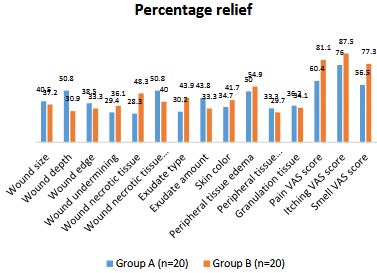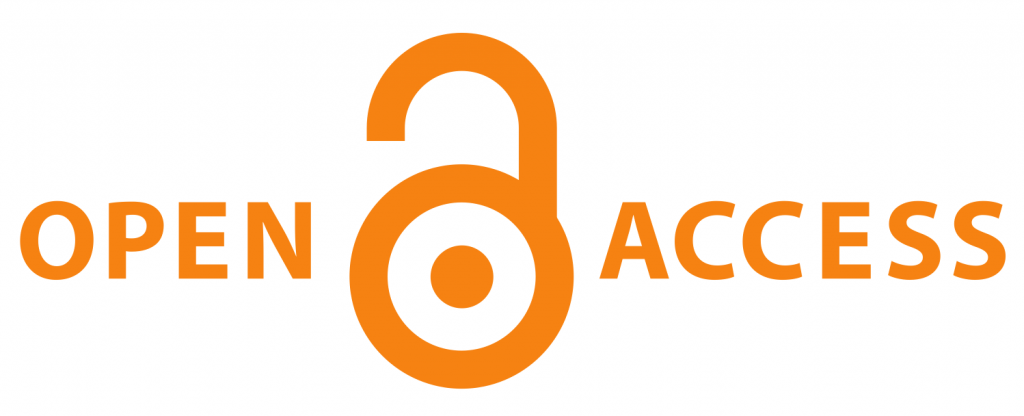A randomized controlled clinical study to evaluate the efficacy of Karanja Patra Arka in the management of Dusta Vrana vis-à-vis Chronic Non-Healing Ulcer
DOI:
https://doi.org/10.21760/jaims.9.11.9Keywords:
Karanjapatra arka, Gomutra arka, Dusta vrana, Chronic non-healing ulcerAbstract
Background: Dusta Vrana is a prevalent surgical issue that delays healing due to infection, slough, poor hygiene, and foreign bodies. A holistic approach is essential for chronic leg ulcer care, addressing underlying causes, accurate diagnosis, and peculiar treatment. Karanja patra is indicated for wound management in Arka Prakasha. Therefore, this study seeks to assess this aspect. Objectives: To evaluate the efficacy of Karanja Patra Arka in the management of Dushta Vrana and to compare the efficacy of Karanjapatra Arka and Gomutra Arka. Methodology: A single-blind study with a total number of 40 patients with selection criteria of Dushta Vrana were included in this study. In Group A Karanja Patra Arka wound dressing. In Control: Gomutra Arka dressing. Daily wound care for 30 days or granulation tissue formation. Weekly follow-ups and statistical analyses were done. Result: A significant improvement was noted in both subjective (Pain, Itching, and smell) and objective (Bates Jenson criteria) outcomes. Conclusion: Both Arkas shows improvement in subjective symptoms (smell, itching, pain), but differ in their objective outcomes. Karanjapatra Arka excelled in wound healing (Vrana Ropana), while Gomutra Arka showed stronger wound cleansing (Vrana Shodhana).
Downloads
References
Gupta SK, Shukla VK. Epidemiological study of wounds: An Indian perspective. 1st ed. New Delhi: Jaypee Brothers Medical Publisher; 2007. p. 1.
Sushrutha, Acharya Jadavji Trikamji. Sushrutha Samhita. 9th ed. Varansi: Chaukhambha Surbharthi Prakashan; 2014. p. 397-398. Reprint 2010.
Acharya Sharma Priyavrat. Kaiyadev Nighantu. Reprint ed. Varanasi: Chaukhambha Orientalia; 2009. p. 178. Pp 695.
Tripathi Indradeva. Arkaprakasha of Langapati Ravan, Hindi teeka. 2nd ed. Varanasi: Krishadas; 2006.
Harris C, Bates-Jenson B, Parslow N, Raizman R, Singh M, Ketchen R. Bates-Jenson wound assessment tool: pictorial guide validation project. J Wound Ostomy Continence Nurs. 2010;37(3):253-259. doi:10.1097/WON.0b013e3181d73aa.
Bholane A, Hiremath VV. A critical review on Karanja (Pongamia pinnata) & its medicinal properties. J Ayurveda Integr Med Sci. 2020;2:194-202.
Mahendra G, Bhalke R, Pal S. Gastroprotective effect of hydroalcoholic leaves extract of Pongamia pinnata. Int J Pharma Biosci. 2010;1(3):1-6.
Prashantha B. A review on clinical study to evaluate the effect of Gomutra Arka Parisheka & Jathyadi Ghrita application in Dushta Vrana w.s.r. to non-healing ulcers. Int J For Med Res. 2023;5(6): November-December.















